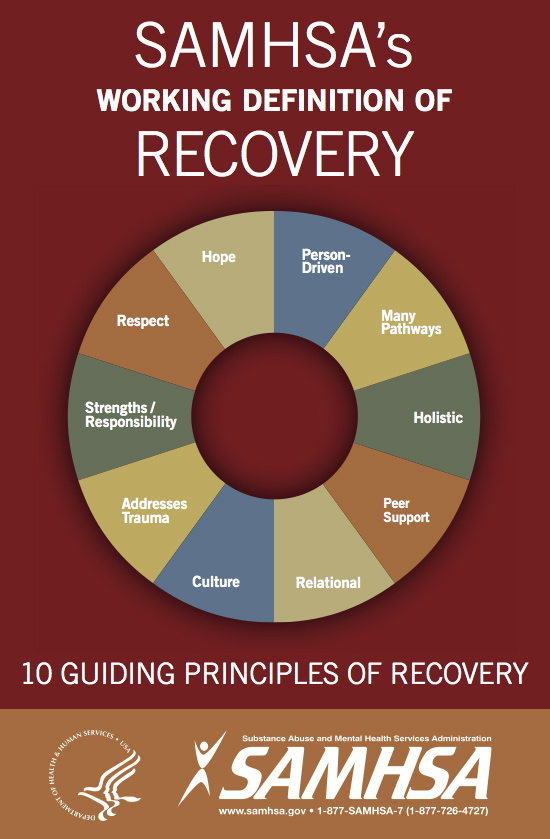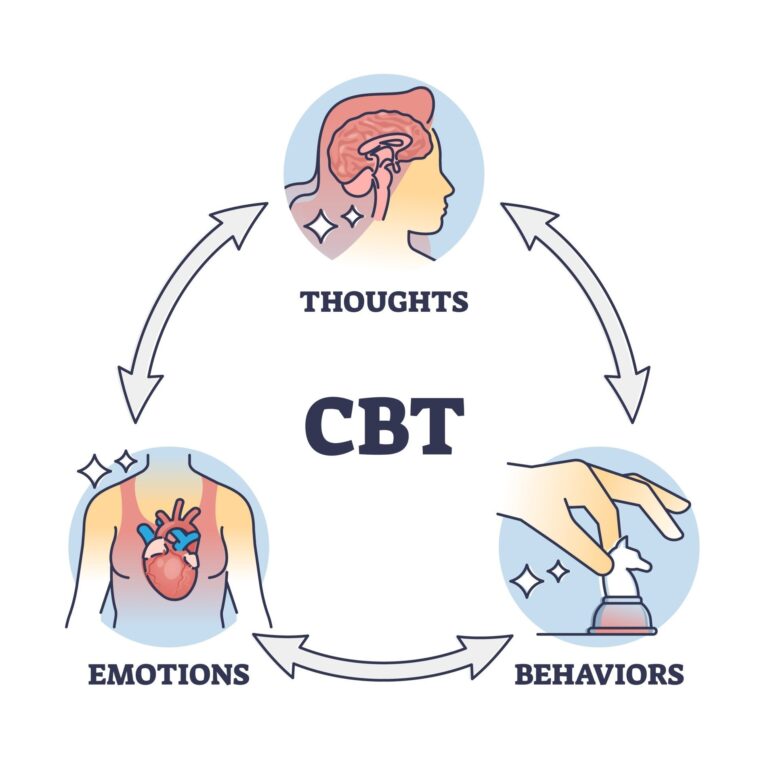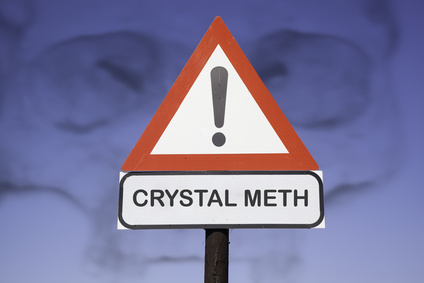The Substance Abuse and Mental Health Services Administration (SAMHSA) is a branch of the U.S. Department of Health and Human Services. Founded by Congress in 1992, SAMHSA’s mission is to make research, services and information more accessible to healthcare providers, as well as the general public, in the areas of substance use and abuse and mental disorders.

An estimated 50 million Americans cope with mental illnesses, like depression, anxiety, post-traumatic stress and bipolar disorders, every year. Studies show that during these episodes, individuals are three times more likely to fall prey to drug and alcohol dependency or addiction if they do not receive treatment.
SAMHSA’s Recovery Support Strategic Initiative includes the following four areas that will improve the prospect of successful recovery:
- Health – overall wellbeing begins with addressing symptoms of addiction that complicate physical and emotional health. Abstinence from alcohol, non-prescribed medications and illicit drug use is recommended so that any psychiatric disorders can be addressed and treated. This leads to more informed and healthier choices that will sustain ongoing recovery.
- Home – having a consistent, peaceful and stable place to return to each day will help remove uncertainty and anxiety that can lead to self-destructive behavior.
- Purpose – being productive, whether through volunteer work, employment or going to school, provides meaning for every person, especially those who are rebuilding a life in recovery.
- Community – an essential aspect of recovery from mental illness and addiction is understanding that others have experienced similar difficulties and struggles. Having non-judgmental support from friends, family members and others in recovery can be just the thing to help individual gain momentum in recovery.
In addition to health, home, purpose and community, SAMHSA offer 10 Guiding Principles of Recovery, which include:
1. Recovery emerges from hope – belief in the process and reality of recovery is vital for struggling individuals to face and cope with their disease or disorder
2. Recovery is person-driven – each person is ultimately in charge of their own recovery, setting goals and creating a path to achieve them
3. Recovery occurs via many pathways – people recovering from substance abuse or mental disorders have different backgrounds and face unique challenges. As a result, the paths that people take toward recovery will vary from person to person
4. Recovery is holistic – in order for long-term recovery to take root, a person must address every aspect of their life, from mental and physical health to income and housing to seeking support and maintaining medication if needed
5. Recovery is supported by peers and allies – having peers that have experienced similar challenges and come through it provides a model for those in recovery to lean on, refer to and receive support from
6. Recovery is supported through relationships and social networks – an emotional bond with family members, friends and peers that believe in a person’s ability to recover can offer the strength and determination to get through these difficult times
7. Recovery is culturally-based and influenced – services for recovery must consider an individual’s unique cultural beliefs, values and traditions
8. Recovery is supported by addressing trauma – sexual assault, domestic violence, emotional abuse and any other trauma has to be treated if recovery is to be long-lasting and successful
9. Recovery involves individual, family and community strengths and responsibility – each person in recovery is responsible for their own care, though families and significant others also bear a responsibility, especially with recovering teens or young people, to support their loved ones. Communities also have a responsibility to make sure that those in recovery can live free of discrimination and have opportunities to have housing, employment and education
10. Recovery is based on respect – recovering from addiction and psychiatric issues requires bravery on the part of the individual. Communities and social systems that acknowledge this lessen the stigma associated with these disorders and offer people a healthier atmosphere in which they can get better and give back
SAMHSA released the original working definition of recovery and guiding principles in December 2011, and it was later updated after feedback from the public and those in the field of addiction. This version along with comments can be found on the SAMHSA website. Image courtesy of SAMHSA.gov.
Related:
Why Do People Get Addicted To Drugs and Alcohol?






